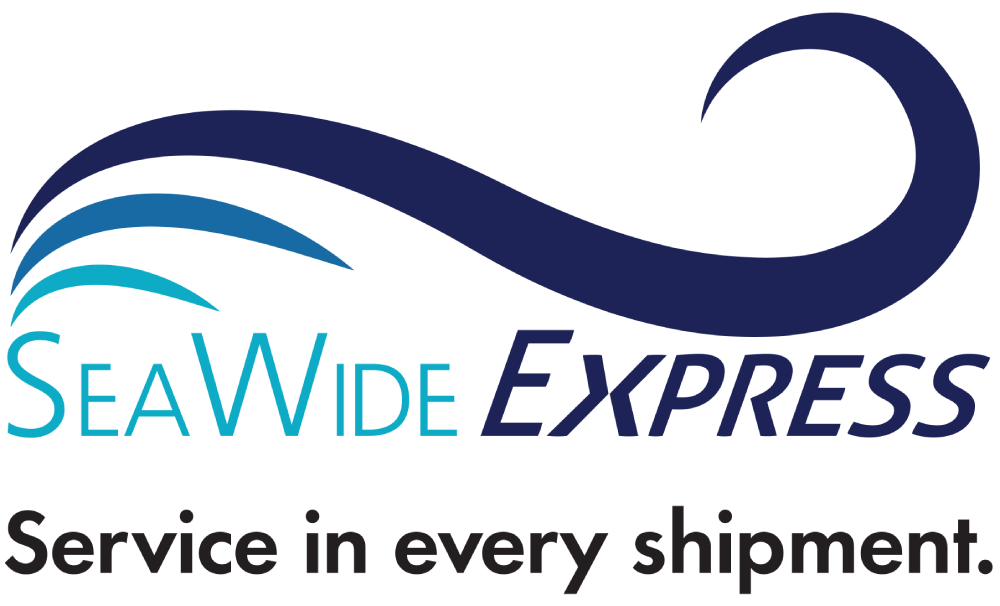How to Leverage Strategic Shipping Routes for Summer Supply Chain Savings
During the summer season, retailers and manufacturers serving Hawaii, Alaska, and Guam are bracing for higher volumes, and higher costs, if they don’t plan ahead. At SeaWide Express, we’ve developed targeted routing strategies that help clients shave money off their freight bills while maintaining reliable service. Let’s explore four advanced tactics you can put into practice today.
1. Dynamic Port Selection
Rather than defaulting to the busiest ports (and their premium fees), consider alternate gateways that offer lower terminal handling charges and shorter landside drayage.
Hawaii: In addition to Honolulu, use Hilo or Kahului for select cargo, benefiting from reduced congestion and local incentives.
Alaska: Beyond Anchorage, look to Whittier or Dutch Harbor for specialized commodities (seafood, cold chain).
Guam: Route all containerized cargo through Apra Harbor, Guam’s primary commercial port, to take advantage of its modern terminals and competitive landside drayage rates. Our network analysis tools compare landed costs across multiple gateway options (including smaller private wharves when appropriate), recommending the optimal port and routing for each shipment profile.
2. Zone-Skipping Cross-Dock Programs
Zone-skipping means bypassing intermediate distribution centers to ship directly into an island’s inland network, avoiding multiple handling and zone fees.
Implementation: Cross-dock consolidation at our facilities in La Habra or Fife, then ship as single FCL to the island.
Benefit: Eliminates P&D (pickup & delivery) zone surcharges on regional LTL segments and reduces handling steps.
We operate dedicated cross-dock facilities with integrated labeling and cartonization services, making zone-skipping seamless for high-volume retailers.
3. Seasonal Contracting & Rate Lock-Ins
Peak season demand can drive spot rates sky-high. Negotiating quarterly or annual volume contracts before rate hikes can secure favorable terms.
Retailers: Lock in guaranteed space commitments for weekly replenishment needs.
Manufacturers: Secure block space for project shipments (e.g., machinery, parts) over three- to six-month periods.
Our procurement team leverages collective shipping volumes to negotiate carrier partnerships, and we pass those savings directly to you.
4. Hybrid Routing for Mixed Cargo
When your order mix includes LCL cartons, palletized freight, and over-dimensional pieces, a hybrid plan combining full container load (FCL) and out-of-gauge (OOG) sailings can minimize empty space and handling.
Step 1: Consolidate standard cartons into an FCL.
Step 2: Book heavy or oversized items on an open-deck leg or dedicated breakbulk service.
Result: You avoid paying “cube” charges for irregular freight and eliminate container rework at destination.
We design multi-service itineraries that synchronize FCL and OOG departures, ensuring cohesive tracking and billing.
Technology-Driven Route Optimization
Beyond these tactical moves, real-time analytics drive continuous improvement:
Predictive modeling anticipates port congestion and suggests route alternatives.
Cost-per-mile dashboards help you identify high-cost legs and adjust future plans.
Shipment scorecards benchmark performance against peer data, revealing new savings opportunities.
Ready to Rethink Your Summer Shipping Strategy?
By adopting dynamic port selection, zone-skipping cross-dock programs, early contract lock-ins, and hybrid routing, you can achieve meaningful freight cost reductions while preserving service levels. At SeaWide Express, our dedicated retail and manufacturing teams are standing by to craft a customized plan for your peak-season success.
Contact SeaWide Express today to schedule a route optimization workshop and start saving on your summer supply chain.

